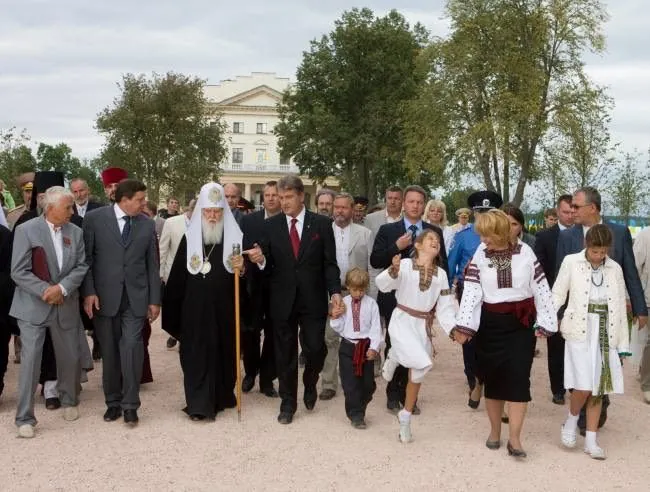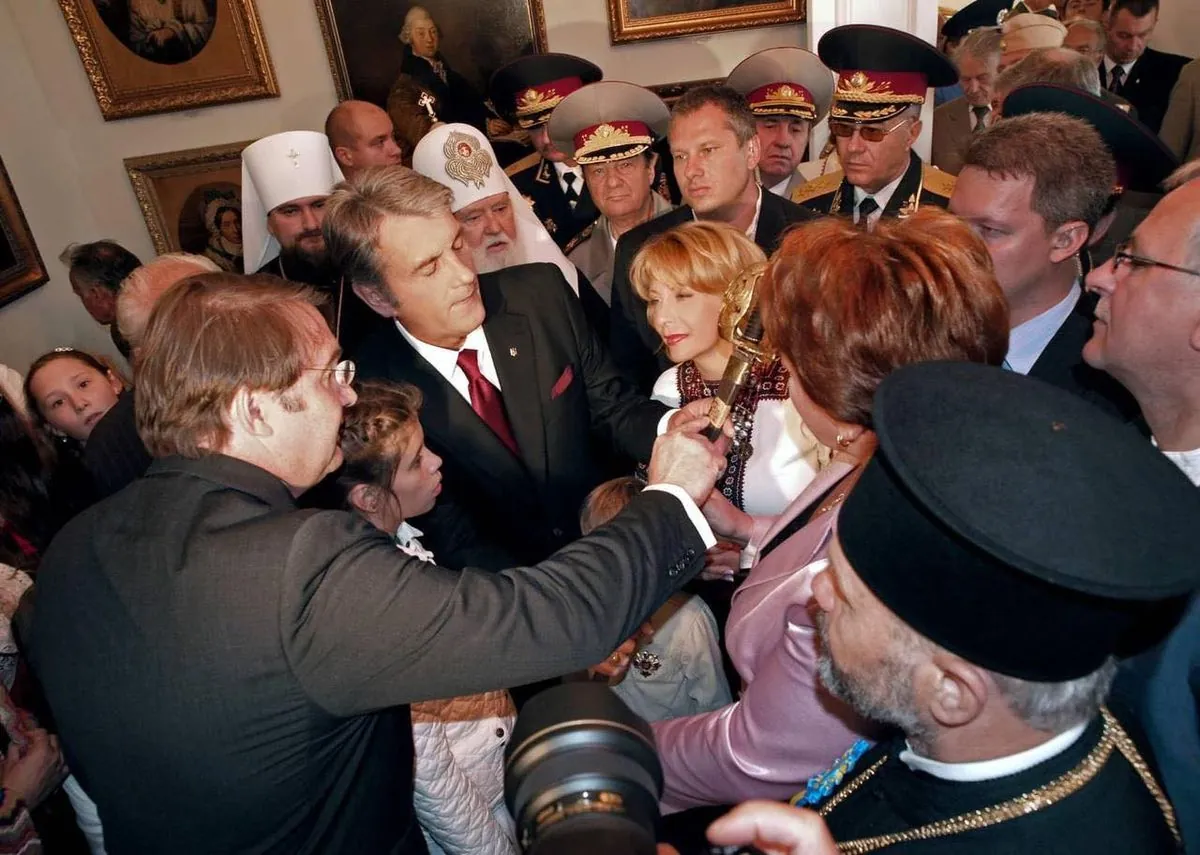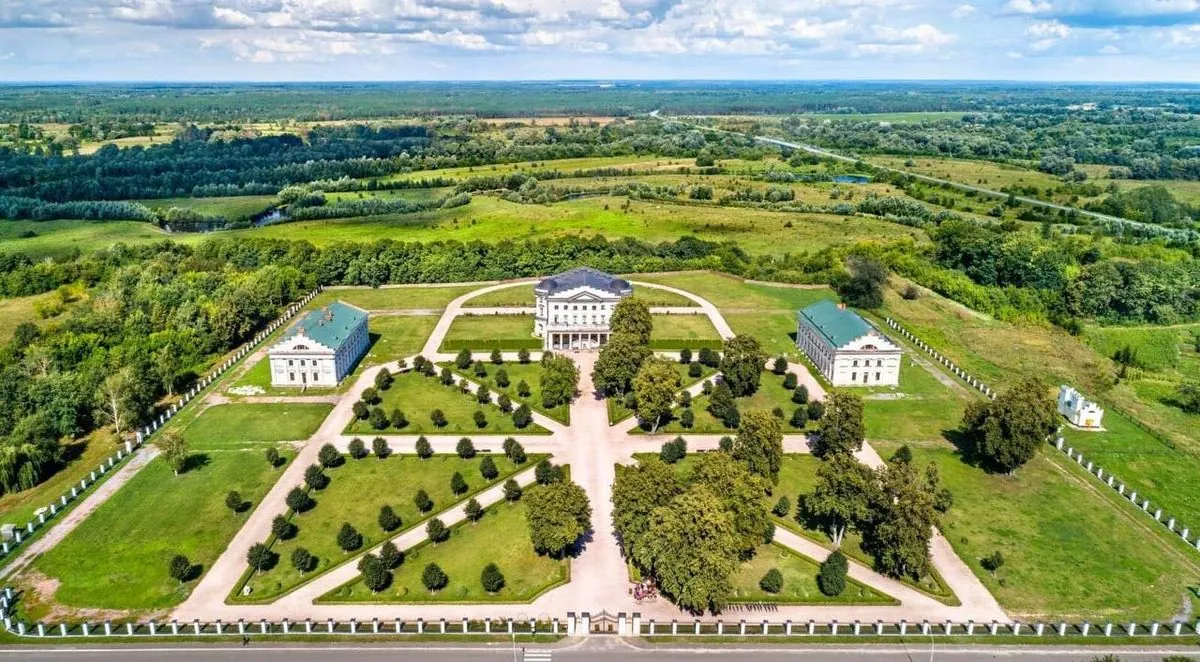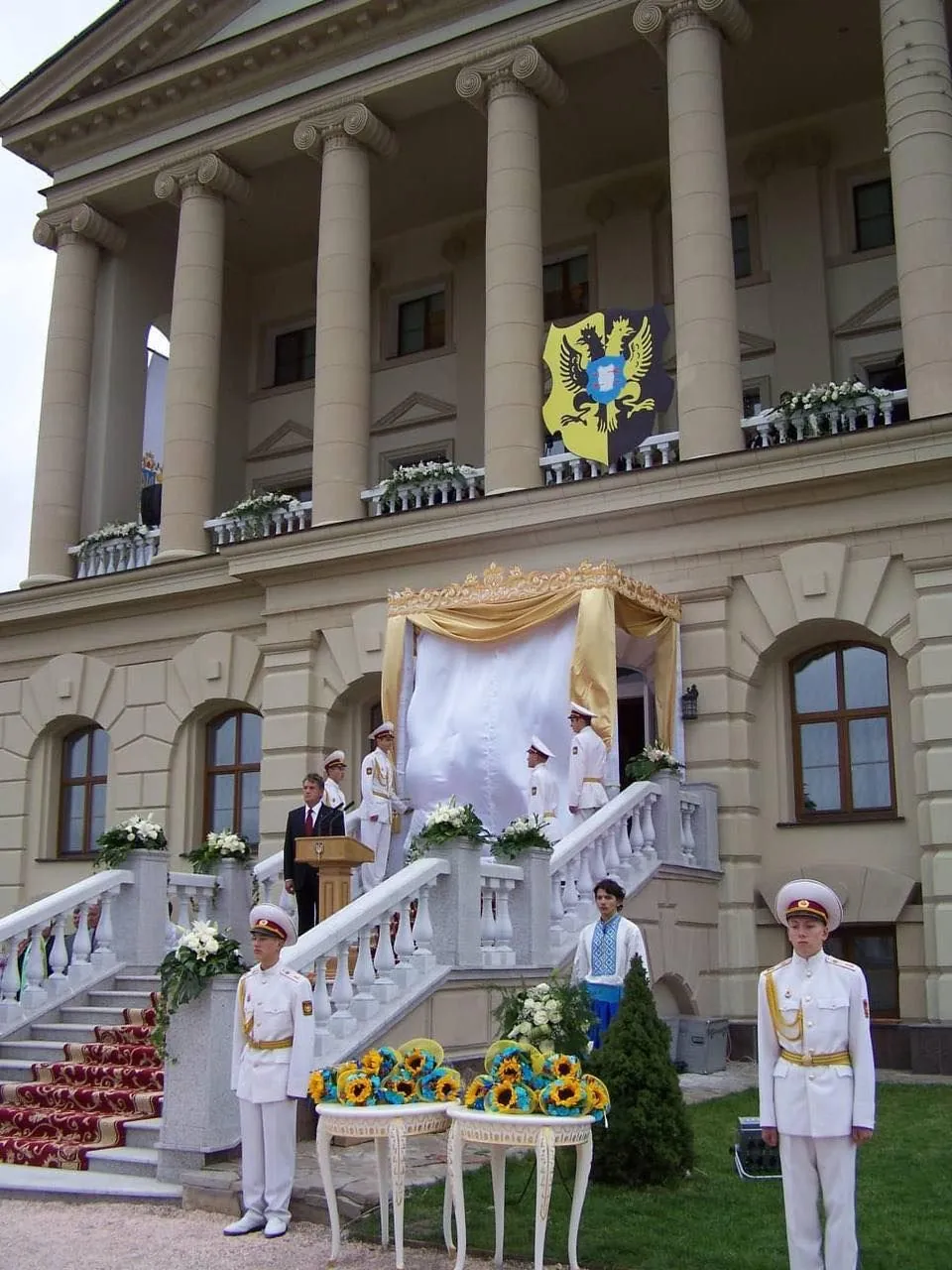Revived Baturyn: a descendant of Razumovsky visited the Hetman's capital
Kyiv • UNN
Baturyn hosted a celebration to mark the 15th anniversary of the opening of the restored Palace of Hetman Kirill Rozumovsky as a museum. The palace is a symbol of the Hetmanate and a popular tourist attraction.

On August 22, 2024, Baturyn, Chernihiv Oblast, celebrated the anniversary of the opening of the restored Palace of Hetman Kyrylo Rozumovsky. 15 years ago, the Palace was opened as a museum. Today it enjoys unprecedented interest among visitors, UNN reports .
Details
Many famous people took part in the celebrations on the occasion of the 15th anniversary of the Palace's work as a museum. Among them was a direct descendant of the last Hetman of Ukraine, Kyrylo Rozumovsky, a historian, politician and public figure Gregor Rozumovsky, who lives in Vienna. As well as the third president of independent Ukraine, Viktor Yushchenko, who initiated the restoration of the Palace in 2009.
Baturyn is the hetman's capital, where the Palace of Hetman Kirill Razumovsky is located. And it is very important that this museum continues to work, because it is the embodiment of the Ukrainian worldview
The palace of Hetman Kyrylo Razumovsky is a symbol of the Hetmanate.
The main idea of the Palace's revival was to recreate the historical image of the monument and to use it as a museum exhibition that would highlight an important stage in the formation of our state - the Hetmanate era. This is the only preserved Hetman's Palace on the territory of our country, the only restored palace in the times of independent Ukraine, the only palace in Ukraine to whose owner, Andriy Rozumovsky, Ludwig van Beethoven dedicated one of his most popular works, namely the Fifth Symphony, which is considered one of the most popular classical works in the world
The history of the Palace dates back to 1799, during the reign of Hetman Kirill Razumovsky. In 1803, the Palace was completed. In the same year, in January, the hetman died and bequeathed the Palace to his son, Andriy Rozumovsky.
Andrey Kirillovich Razumovsky owned the Palace from 1803 to 1836. Until his death. He is one of the most famous diplomats. It was he who prepared and took a direct part in the Congress of Vienna in 1815, which put an end to the Napoleonic Wars. It is noteworthy that the document on the Congress of Vienna was signed on behalf of the Russian Empire by Andrii Rozumovsky
After the death of Andriy Rozumovsky, the fate of the Palace was less successful. It survived a major fire and was owned by the military for some time. At the beginning of the 20th century, the Palace needed restoration.
The first restoration of the Palace was financed by Hetman Kamil Razumovsky. The second restoration, which resulted in the opening of the Palace as a museum, was initiated by Viktor Yushchenko.
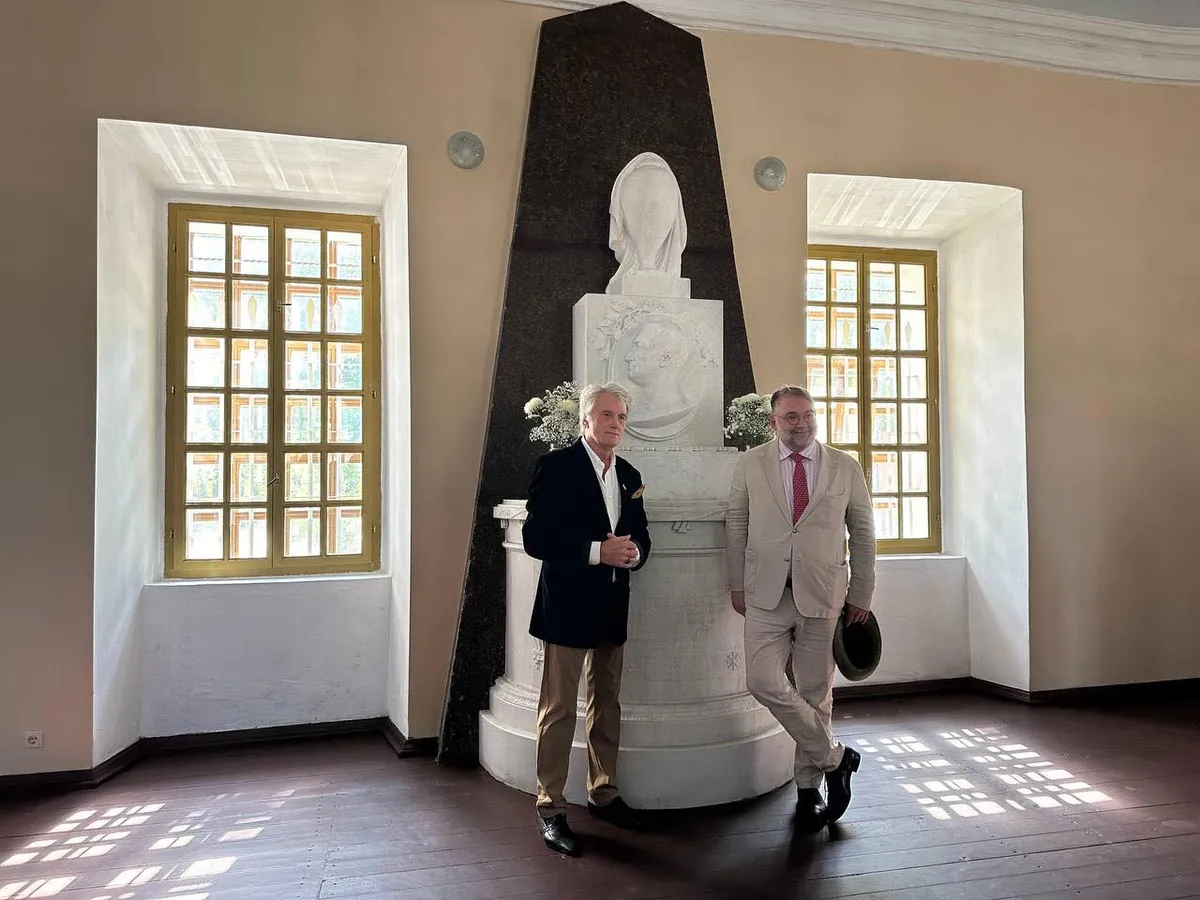
Today, the Palace's exposition includes a number of original and unique exhibits that belonged to the hetman or are related to his life and work, in particular: Hetman Kyrylo Razumovsky's Universal on the awarding of the rank of Perevolochansky centurion to Stefan Lukomskyi, October 9, 1763, Hlukhiv; 14 photographs of the Hetman's palace of the early twentieth century, commissioned by the hetman's great-grandson Kamil Rozumovsky, photographs of the palace of the nineteenth and twentieth centuries; a bookcase of the nineteenth century; a seal of the cloth factory of Hetman Kyrylo Rozumovsky, eighteenth century; fragments of the tombstone to Kyrylo Rozumovsky by Ivan Martos, 1805.
The palace is a very popular tourist attraction. Despite the fact that Baturyn is located near the border with Russia, despite the fact that air raids are often heard here, we have a large number of visitors. I can state that before the full-scale invasion, 50% of our visitors came from Kyiv. Now it is the whole of Ukraine. People are interested in their history, they want to know what they are fighting for
